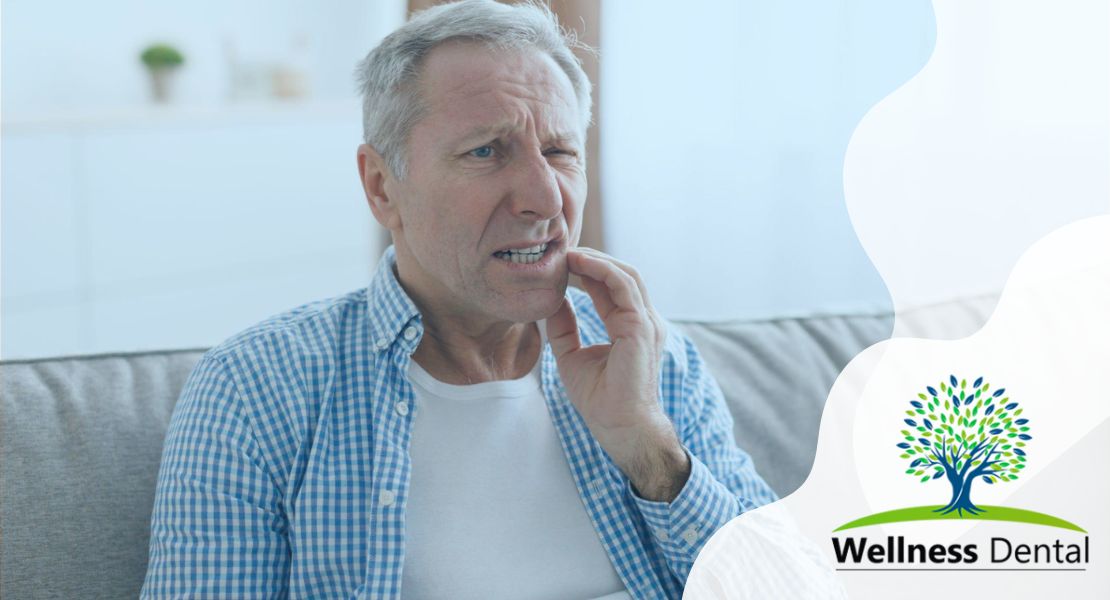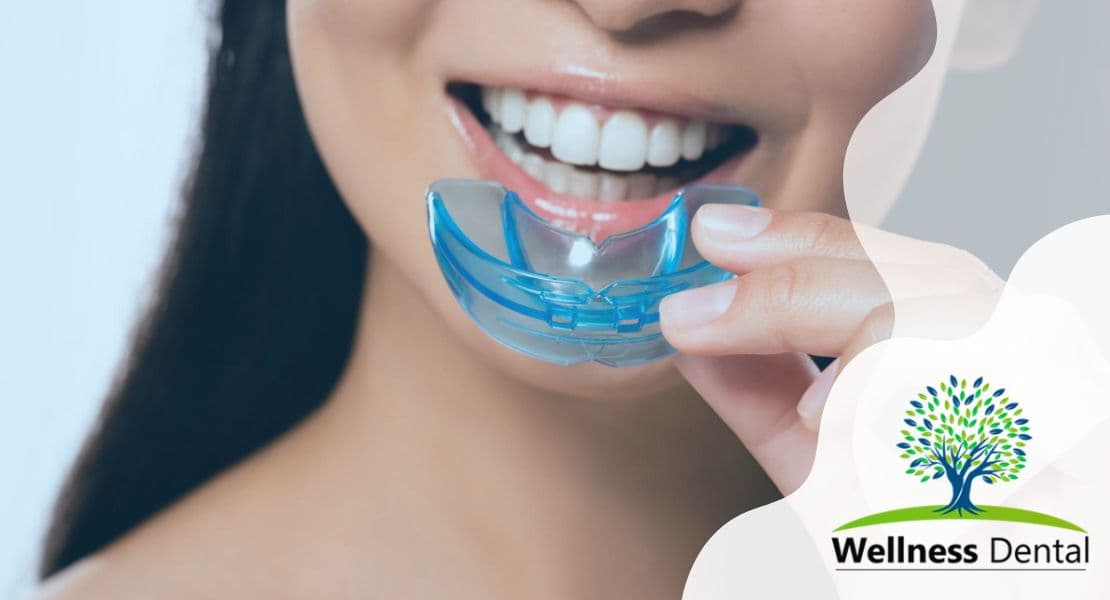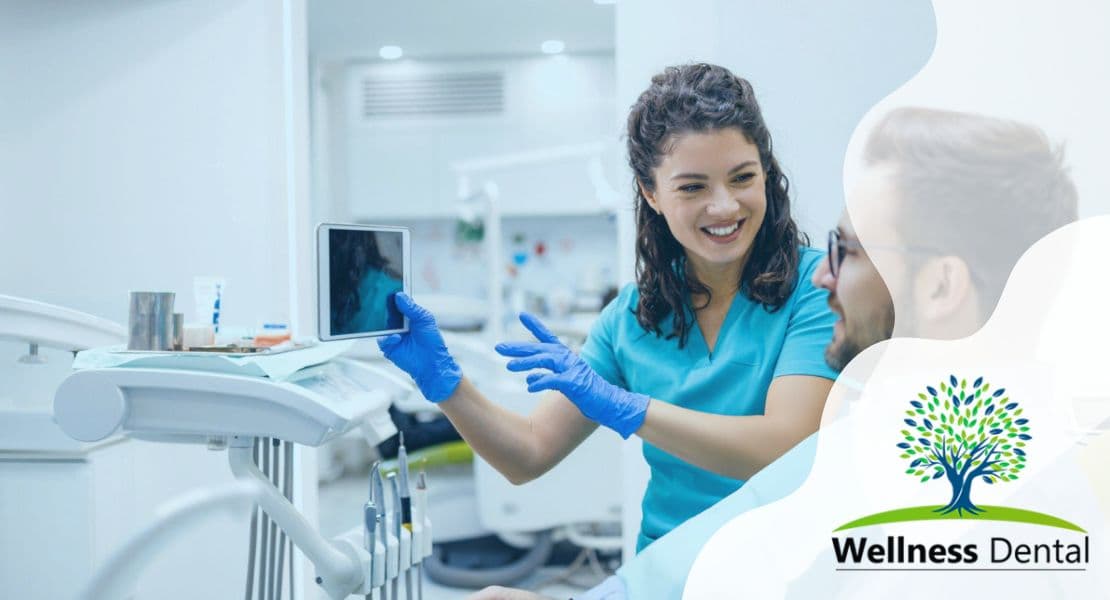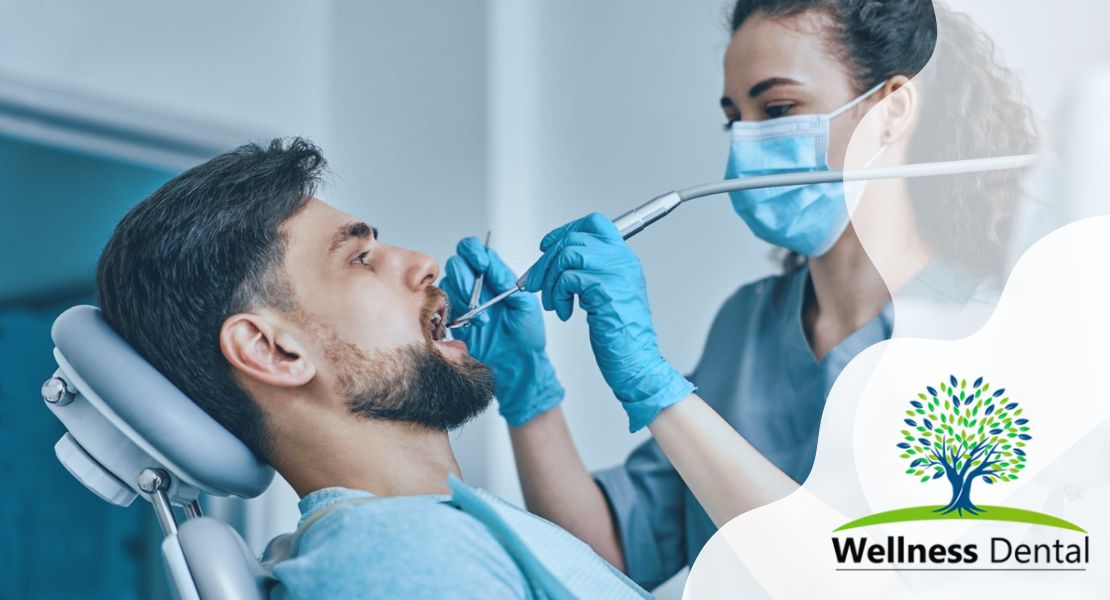What is an Orthodontic Emergency?
An orthodontic emergency refers to any unexpected issue or discomfort related to your braces or orthodontic treatment that requires immediate attention from an orthodontist.
These emergencies can range from severe pain and injury to the mouth, to broken or damaged braces, wires, or other orthodontic appliances. It is important to be aware of what constitutes an orthodontic emergency and how to address it in order to prevent further complications and maintain the progress of your treatment.
Understanding the signs and symptoms of a dental emergency, as well as knowing how to handle the situation until you can see your orthodontist, is crucial for ensuring the safety and effectiveness of your orthodontic treatment.
When Should You Seek Immediate Professional Care?

If you experience severe pain, swelling, or fever related to your orthodontic treatment, it is crucial to seek immediate professional care from an emergency dentist or orthodontist. These symptoms could indicate a serious issue with your braces, aligners, or other orthodontic appliances that require urgent attention.
Acting quickly is important to address the problem and prevent it from worsening. Ignoring severe pain, swelling, or fever could lead to further complications and result in prolonged discomfort or even permanent damage to your teeth or gums.
For example, severe pain could be a sign of a loose or broken wire that is causing irritation or injury to the soft tissues in your mouth. Swelling could indicate an infection or an allergic reaction to your orthodontic materials. And a fever could be a sign of a more serious underlying issue that needs immediate attention.
Delaying treatment for these symptoms could not only worsen your orthodontic condition but also lead to more extensive and costly treatment down the line. Therefore, if you experience any of these signs, it is essential to seek urgent help from a professional to address the issue and prevent potential consequences.
Types of Orthodontic Emergencies
Orthodontic emergencies can arise unexpectedly and require timely attention to prevent further discomfort or complications. Whether it is a broken bracket, poking wire, or severe pain, knowing how to handle different types of orthodontic emergencies can help alleviate the situation and provide relief until you can see your orthodontist.
Understanding the different types of orthodontic emergencies and their potential solutions will allow you to take the necessary steps to address the issue and ensure the continued success of your orthodontic treatment.
Loose Appliances

If you have a loose appliance, such as a bracket or band attached to a wire on your orthodontic appliance, it’s important to handle it properly to alleviate discomfort and prevent further damage. First, if the appliance is causing discomfort, you can apply wax to the area to create a barrier between the appliance and the inside of your mouth. This can help reduce irritation and discomfort until you can see your orthodontist for an examination and repair.
It’s important not to try to adjust the placement of a loose bracket or band yourself, as this can cause further damage. If the wire is detached from the bracket, you can carefully wrap the bracket in a clean cloth or tissue to prevent it from poking or irritating your mouth. Then, make sure to schedule an immediate appointment with your orthodontist to have the appliance examined and repaired.
Remember, it’s crucial to seek professional examination and repair for any loose appliances to ensure the effectiveness of your orthodontic treatment and to prevent any potential discomfort or complications.
Broken or Loose Brackets
If you experience a broken or loose bracket with your braces, the first step is to contact your orthodontist’s office for recommendations. They may suggest coming in for a quick appointment to repair the bracket, or they may provide instructions on how to address the issue at home.
In the meantime, if the broken or loose bracket is causing discomfort, you can cover it with orthodontic wax to alleviate any irritation to your cheeks or tongue. This wax is safe to use and can be easily removed when needed.
If the bracket is not causing any discomfort, it is generally best to leave it in place until you can see your orthodontist. Remember that if the bracket completely breaks off, it is not a problem and your braces will still work properly.
Overall, it is important to communicate with your orthodontist if you encounter any issues with your brackets. They can provide the best guidance and support for maintaining the effectiveness and comfort of your braces.
Loose Wires

If you have loose wires on your braces, it can cause discomfort and irritation in your mouth. To alleviate the discomfort, you can try using orthodontic wax to cover the loose wire and prevent it from poking your cheeks or gums. Simply take a small piece of wax and mold it around the loose wire to create a smooth surface. If you don’t have wax, you can also use clean tweezers to carefully tuck the wire back into place or push it against the brace to temporary alleviate the discomfort.
However, if these methods are unsuccessful, it’s important to schedule an evaluation with your orthodontist for repair. Ignoring the condition can lead to further difficulties and may even lengthen your treatment time. Your orthodontist will be able to properly secure the loose wire and ensure that your braces are functioning effectively.
Remember, it’s essential to address loose wires promptly to prevent any potential problems. Don’t hesitate to seek professional help if you’re unable to relieve the discomfort on your own.
Severe Pain and Discomfort
If you are experiencing severe pain and discomfort in your mouth, it is imperative to seek urgent treatment from a dental professional. This is important in order to prevent potential infection and alleviate the pain. In the meantime, you can use various techniques to provide relief. Applying a warm compress to the affected area can help reduce the discomfort.
Over-the-counter pain medications can also be used to manage the pain until you can see a dental professional. In addition, rinsing your mouth with salt water can help to reduce inflammation and kill bacteria, providing some relief.
However, if the pain persists, it is important to contact your orthodontist for an evaluation. They can assess the situation and provide the appropriate treatment to address the underlying issue causing the severe pain and discomfort. Remember that seeking urgent treatment from a dental professional is crucial for preventing infection and getting the relief you need.
Preventing Orthodontic Emergencies
Orthodontic emergencies can be painful and disruptive, leading to delays in treatment and additional discomfort. Fortunately, many orthodontic emergencies can be prevented with some proactive measures and careful care.
By following a few simple tips and being mindful of potential issues, patients can take steps to minimize their risk of experiencing an orthodontic emergency, allowing them to stay on track with their treatment and avoid unnecessary discomfort.
Avoid Eating Sticky Foods That Can Pull at Your Braces

When you have braces, it’s important to avoid certain types of sticky foods that can easily get caught in your brackets and wires. Caramels, taffy, and gum are some common examples of sticky foods to stay away from. These foods can not only cause discomfort by getting stuck in your braces, but they can also potentially damage the hardware.
To keep your braces in good condition and prevent unnecessary pain, it’s best to avoid these types of sticky foods. Instead, opt for braces-friendly options like softer fruits, cooked vegetables, and lean meats. By following this guideline, you can maintain the integrity of your braces and ensure a more comfortable orthodontic experience.
Remember to steer clear of sticky foods to prevent potential damage and discomfort while you have braces. It may require some adjustments to your diet, but the long-term benefits of keeping your braces in good shape are well worth it.
Keeping Up With Oral Hygiene and Regular Visits to Your Orthodontist
Maintaining good oral hygiene and attending regular visits to your orthodontist are essential for the success of your orthodontic treatment. Practicing proper oral health care and maintaining your appliances can prevent emergencies and ensure a smooth treatment process. By keeping your teeth and gums healthy, you reduce the risk of issues such as tooth decay, gum disease, and damaged appliances.
It is important to visit your orthodontist for check-ups and adjustments as recommended, usually every 6-8 weeks. These regular visits allow your orthodontist to monitor your progress, make any necessary adjustments, and address any issues that may arise.
In addition to regular visits, practicing good oral hygiene is crucial for maintaining healthy teeth and gums during orthodontic treatment. This includes brushing and flossing regularly, using specialized tools for cleaning braces or aligners, and following any additional oral care instructions provided by your orthodontist.
By prioritizing oral hygiene and attending regular orthodontist visits, you can prevent complications, ensure the smooth progress of your treatment, and ultimately achieve a successful outcome.






